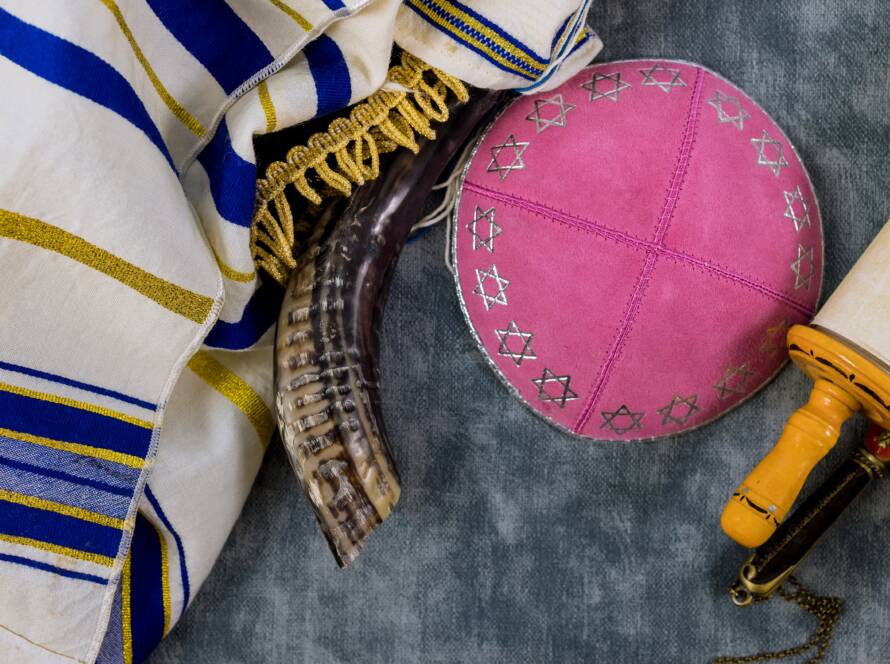There’s a special magic that happens each autumn, when the intense reflection of the High Holidays gives way to something entirely different. I’ve always felt this transition as one of the most beautiful moments in our calendar. After the solemnity of Yom Kippur, we step into a week of pure, unbridled joy.
This Jewish holiday, known as Sukkot, begins just five days after our Day of Atonement. It serves a beautiful dual purpose. We celebrate both the fall harvest and our ancestors’ journey through the wilderness. The festival asks us to embrace impermanence in the most tangible way.
At the heart of this celebration are the temporary huts we build. These structures, called sukkot, become our homes for seven days. Leaving our permanent dwellings creates a powerful connection to both nature and history. We’re reminded of life’s fragility and the divine presence surrounding us.
This guide will walk you through the rich traditions that make this festival so meaningful. Whether you’re new to these customs or seeking deeper understanding, I want to share the essence of what makes this time so special.
Key Takeaways
- Sukkot begins five days after Yom Kippur, creating a transition from solemn reflection to joyful celebration
- This Jewish holiday combines agricultural thanksgiving with historical commemoration of wilderness journeys
- The central tradition involves building and dwelling in temporary outdoor structures called sukkot
- This festival emphasizes appreciating life’s fragility while celebrating divine protection
- The practices connect modern participants with both natural cycles and ancestral heritage
- Sukkot transforms ordinary space into a framework for gratitude and community connection
The Essence of Sukkot: History and Significance
The foundation of this festival lies in remembering our people’s journey from oppression to freedom. I find this historical connection deeply moving each year.
Historical Origins and Agricultural Roots
This celebration has dual significance that I appreciate more with each passing year. It honors both our agricultural heritage and our spiritual history. The temporary shelters we build connect us to ancient harvest traditions.
Our ancestors marked the autumn harvest with gratitude for nature’s bounty. This agricultural aspect blends beautifully with the historical commemoration.
The Journey from Egypt to the Desert
The narrative takes us back to that pivotal time after leaving slavery in Egypt. Our people wandered through the desert for forty years, living in fragile booths.
Those years in the wilderness shaped our identity profoundly. The desert experience taught complete dependence on divine protection. I’m always struck by how this physical reenactment connects us to that transformative period.
Building these temporary structures each autumn allows us to honor our ancestors’ resilience. We remember their journey from slavery to promised land.
Exploring How Sukkot is Celebrated: Traditions and Customs
Stepping into the sukkah each evening feels like entering a different dimension of time and space. The transition from our solid homes to these temporary huts creates a beautiful disruption in our daily rhythm. This shift makes ordinary moments feel extraordinary.
Constructing and Decorating the Sukkah
I find the building process itself to be deeply meaningful. Each year, our family gathers to erect these special huts with care and intention. The structure must have walls that can withstand wind yet remain open enough to see the stars.
Decorating becomes a creative expression of joy. We hang fruits, flowers, and children’s artwork from the schach roof. The sukkah transforms into a beautiful, temporary home that reflects our family’s spirit.
Daily Practices and Festive Gatherings
During the seven-day holiday, the sukkah becomes our primary gathering space. We share meals there, welcoming both friends and symbolic guests. Each day brings new opportunities for connection.
Some families even sleep in their huts when weather permits. This deepens the experience of temporary dwelling. The holiday encourages us to appreciate life’s fragile beauty while celebrating community.
The tradition of hospitality turns every day into a chance for meaningful encounters. I love how these temporary structures foster such lasting memories.
Experiencing the Four Species and Unique Rituals
Among the most moving traditions is the daily practice involving four distinct plants, each carrying profound personal meaning. This ritual connects me to ancient wisdom through simple, natural elements.
The Ritual of Waving the Four Species
Each morning, I gather the lulav bundle and fragrant etrog. The ceremony involves waving them in six directions. This physical movement symbolizes divine presence surrounding us.
The four species must be held together during the blessing. Their unity represents harmony between different aspects of our being. This daily practice creates a powerful mindfulness exercise.
Symbolic Meanings Behind the Lulav, Etrog, Myrtle, and Willow
These plants transform into profound spiritual teachers. Each species corresponds to a part of the human body, reminding us to serve with our entire being.
The straight palm branch represents the spine, encouraging upright integrity. Myrtle leaves symbolize eyes, teaching clear vision. Willow branches embody the mouth for truthful speech. The etrog citron manifests the heart’s intentions.
| Species | Physical Characteristic | Body Symbol | Spiritual Meaning |
|---|---|---|---|
| Lulav (Palm) | Tall, straight branch | Spine | Strength and integrity |
| Hadas (Myrtle) | Eye-shaped leaves | Eyes | Clear vision and awareness |
| Arava (Willow) | Oval-shaped leaves | Mouth | Truthful speech |
| Etrog (Citron) | Fragrant citrus fruit | Heart | Pure intentions |
Binding these species together creates a beautiful metaphor. It shows how different qualities must work in harmony. The ritual becomes a daily reminder of wholeness.
Conclusion
The transition from solemn Yom Kippur to joyful harvest celebration creates one of our tradition’s most beautiful rhythms. This Jewish holiday, beginning just five days after our Day of Atonement, transforms introspection into communal gratitude.
I find deep meaning in how the festival’s seven days build toward Hoshana Rabba. The sevenfold circuit around the synagogue bimah with the four species feels like a final spiritual cleansing. It connects our harvest thanksgiving directly to prayers for the coming year’s rainfall.
As one of the three pilgrimage festivals, Sukkot carries both historical weight and contemporary relevance. The practice of decorating with hanging fruit and creating temporary sacred space teaches lasting lessons about impermanence and divine protection.
Whether celebrating in backyards or joining community gatherings, this holiday offers everyone a chance to step outside ordinary routines. The memories created under the stars resonate long after the temporary structures come down.




